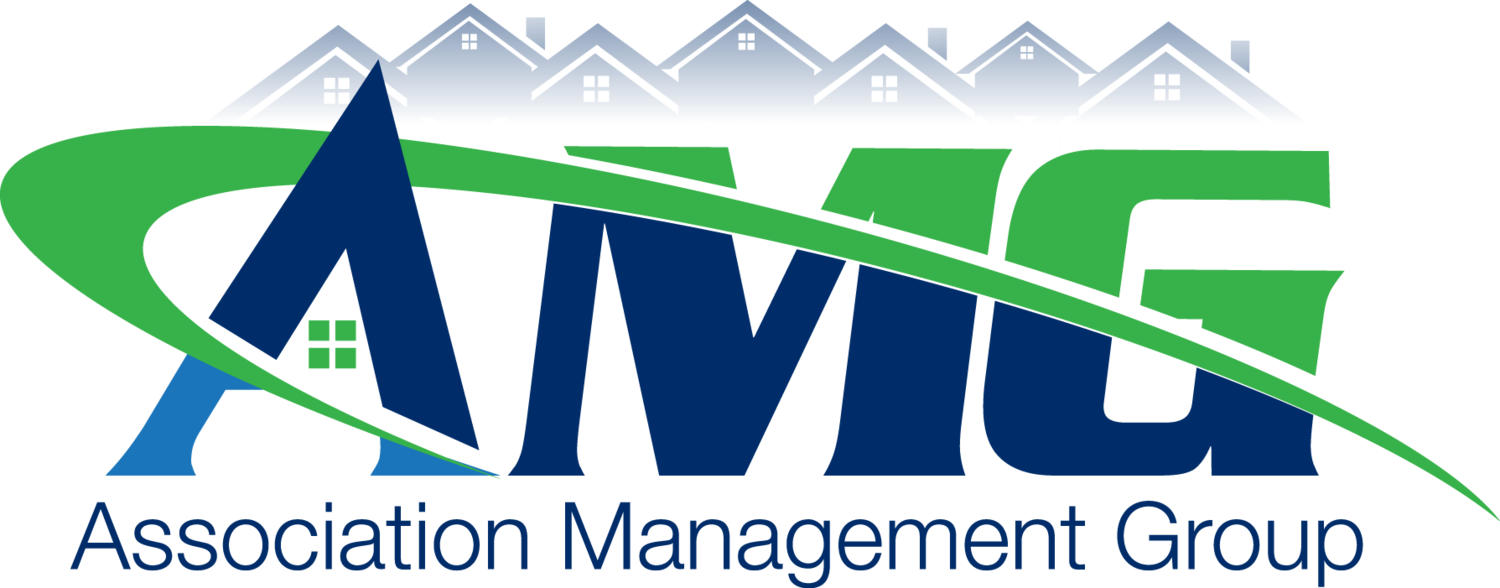What Should Your Community Association Do If an Injury Occurs on Common Property?
/When someone is injured on common property, it can be a stressful and potentially serious situation. The first priority is always the health and well-being of the injured person. As a board member, you or your management team should begin by providing empathy and immediate assistance. If the injury appears serious, call 911 right away and administer basic first aid if possible and safe to do so. Ensuring that emergency medical services are notified promptly is crucial in safeguarding the individual’s well-being.
Once the situation is under control, the next step is crucial but often overlooked: notify your community association’s insurance provider. This is where many well-meaning boards make costly mistakes by attempting to resolve the issue themselves. Here’s why promptly involving your insurance company is essential for associations in North and South Carolina.
Why Self-Help Solutions Can Be Risky
It may seem tempting to handle the situation within the board or management team. You might want to offer compensation or agree to cover medical costs out of goodwill. However, doing so can create unintended legal and financial consequences. Any statements made, promises given, or payments offered could be seen as admissions of liability. This can complicate the situation and expose your community to significant risks, including lawsuits or excessive claims.
A Cautionary Tale: When a Board Tried to Handle an Injury on Their Own
A few years ago, a resident named Sarah slipped on a wet spot near the pool in her community in Greensboro, NC. The board members on-site, wanting to help, quickly reassured Sarah that the association would cover her medical bills. They even offered her a small payment to cover initial expenses, thinking it would resolve the situation amicably.
However, things became more complicated than they realized. Sarah had a pre-existing ankle injury from years earlier, which contributed to the severity of her condition and the need for surgery. When the board later tried to argue that the injury was only partially related to the fall, their previous promises undermined their position. Since they had already offered compensation without involving the insurance company, the association was seen as having admitted full liability.
Without proper documentation or an official investigation, the insurance provider had limited options to defend the claim. The case ended up in court, and the association faced not only costly legal fees but a large settlement. This ultimately led to a special assessment on homeowners to cover the expenses.
This situation could have been avoided had the board followed protocol by offering immediate empathy and support while referring the claim to their insurance provider. By doing so, the association would have ensured a thorough investigation, accurate liability assessment, and professional claim management.
How Insurance Protects Your Association
Your insurance provider plays several key roles in managing incidents on common property:
1. Investigation and Evidence Collection: Adjusters and investigators can quickly gather the facts, ensuring an accurate and thorough understanding of the incident.
2. Liability Assessment: They determine whether the association may be held responsible and handle communications with the injured party.
3. Legal Defense: If the injury leads to a lawsuit, your insurance coverage typically includes legal defense. Without this protection, the association could face steep legal fees and court costs.
4. Settlement Negotiation: Insurers have extensive experience negotiating fair settlements, often achieving better outcomes than what a board might secure on its own.
Compliance with Policy Terms
Most insurance policies include provisions that require prompt notification of potential claims. Failure to comply can jeopardize coverage, meaning the association could be left paying out-of-pocket for damages, legal fees, or medical expenses. By reporting the incident immediately, you ensure that your association remains in compliance with its policy, protecting your financial interests.
What to Do After an Injury
Here’s a quick checklist for boards and community managers:
1. Prioritize Safety and Health: Provide first aid and call emergency services if needed.
2. Document the Incident: Record details such as the time, location, nature of the injury, and any witnesses.
3. Notify Your Insurance Provider: Report the incident promptly, allowing them to take over claim management.
4. Avoid Direct Negotiations: Refrain from making promises, admitting fault, or offering compensation. Leave all communications regarding liability to your insurance company.
5. Follow Up: Work with your insurance provider and management team to stay updated on the claim’s progress.
Final Thoughts
As a community association board member, you have a fiduciary duty to protect the association’s resources and legal standing. Accidents can happen, but how you respond can make all the difference. By prioritizing the injured person’s health and promptly involving your insurance provider, you minimize risks, protect your community, and ensure that the situation is handled professionally and compassionately.
At Association Management Group, we specialize in helping associations in Greensboro, Winston-Salem, Charlotte, and Greenville develop effective risk management procedures. Our experienced team works closely with communities to ensure they’re prepared for any situation that may arise.
Contact us today to learn more about how we can support your community!










